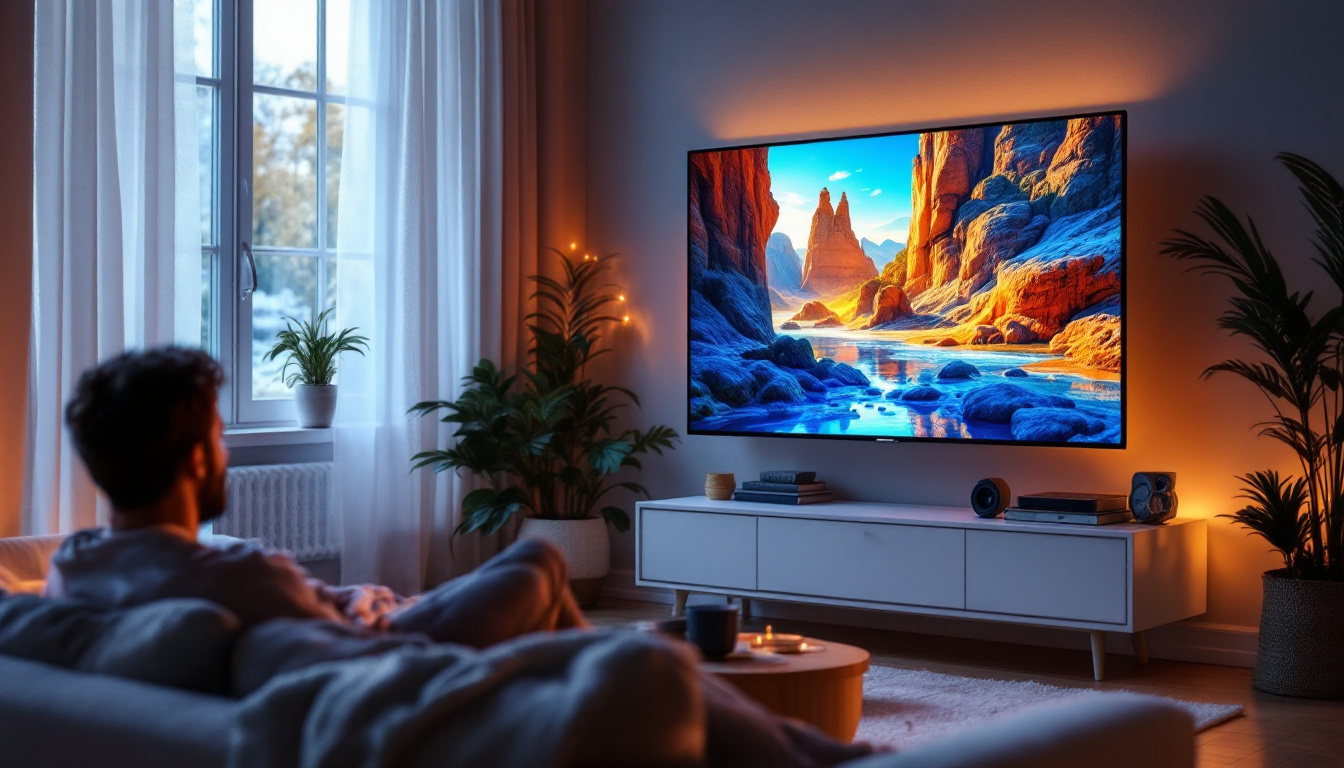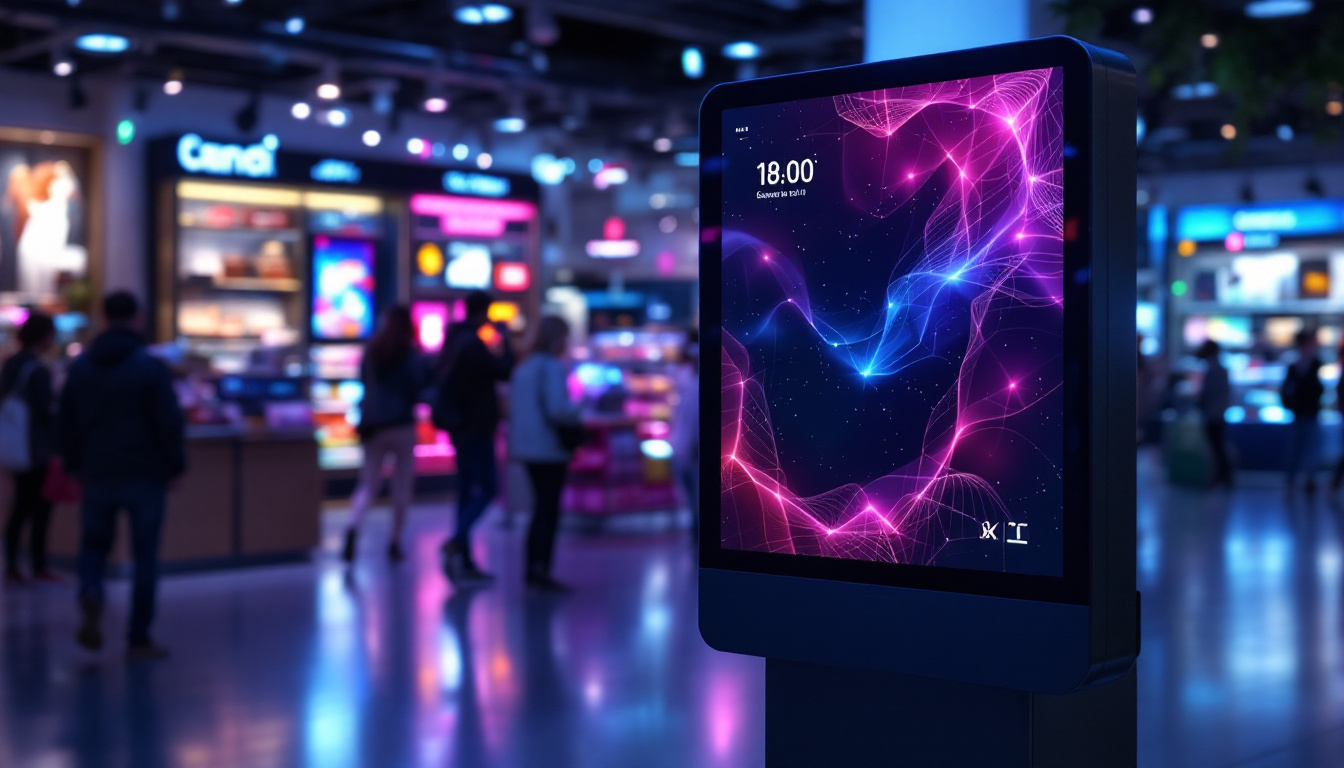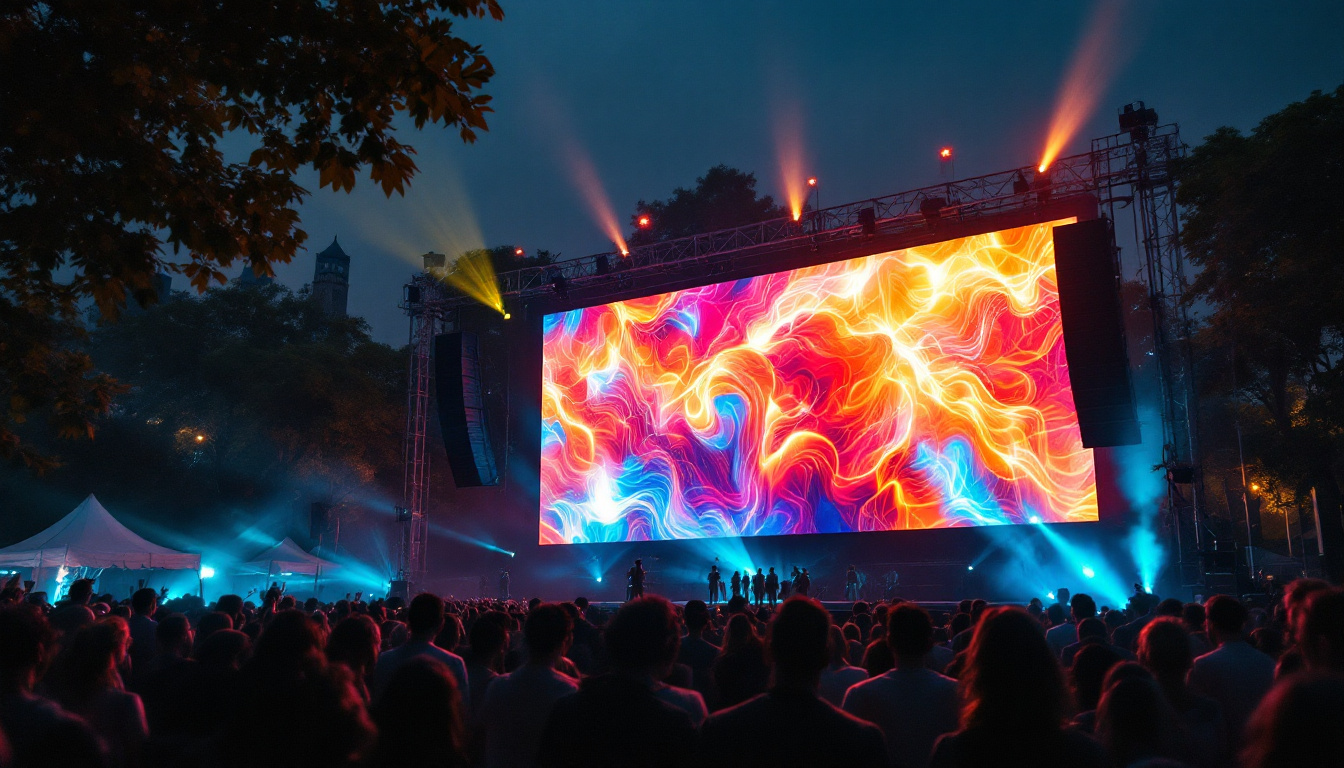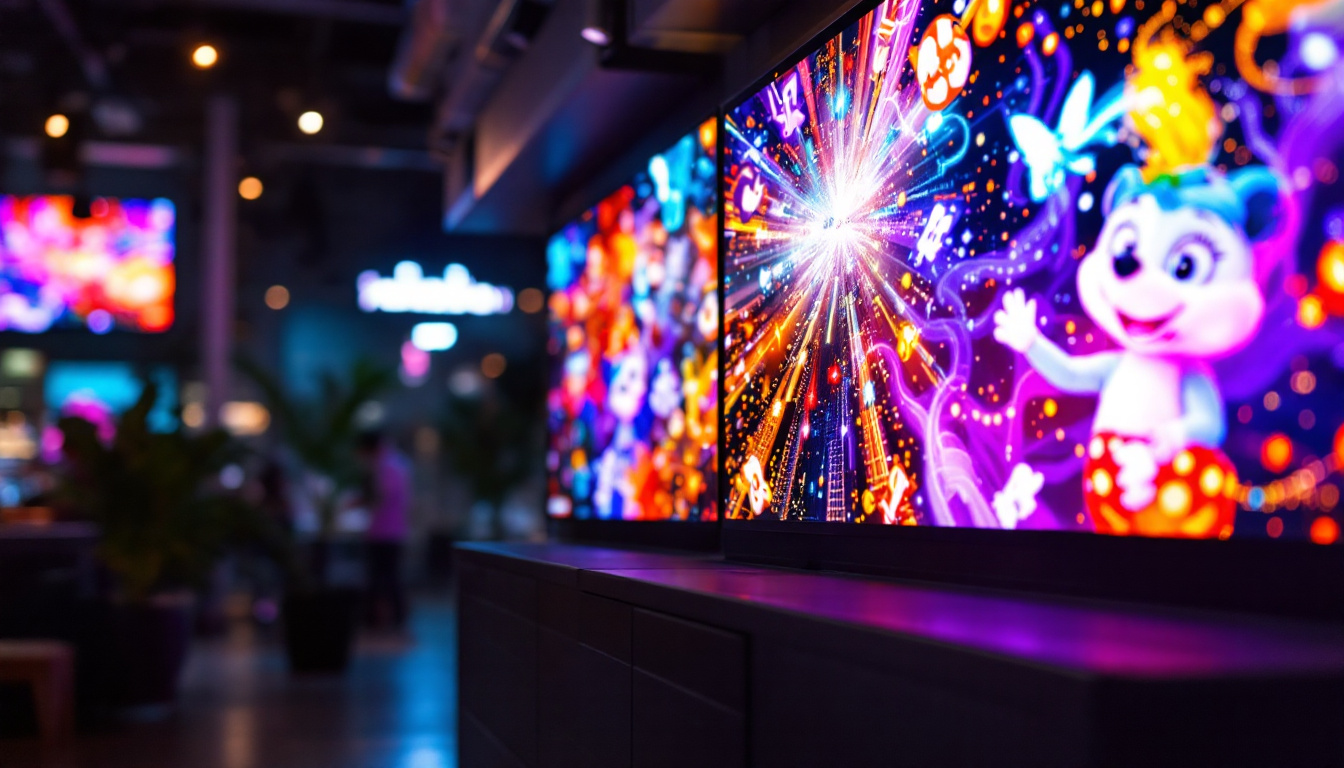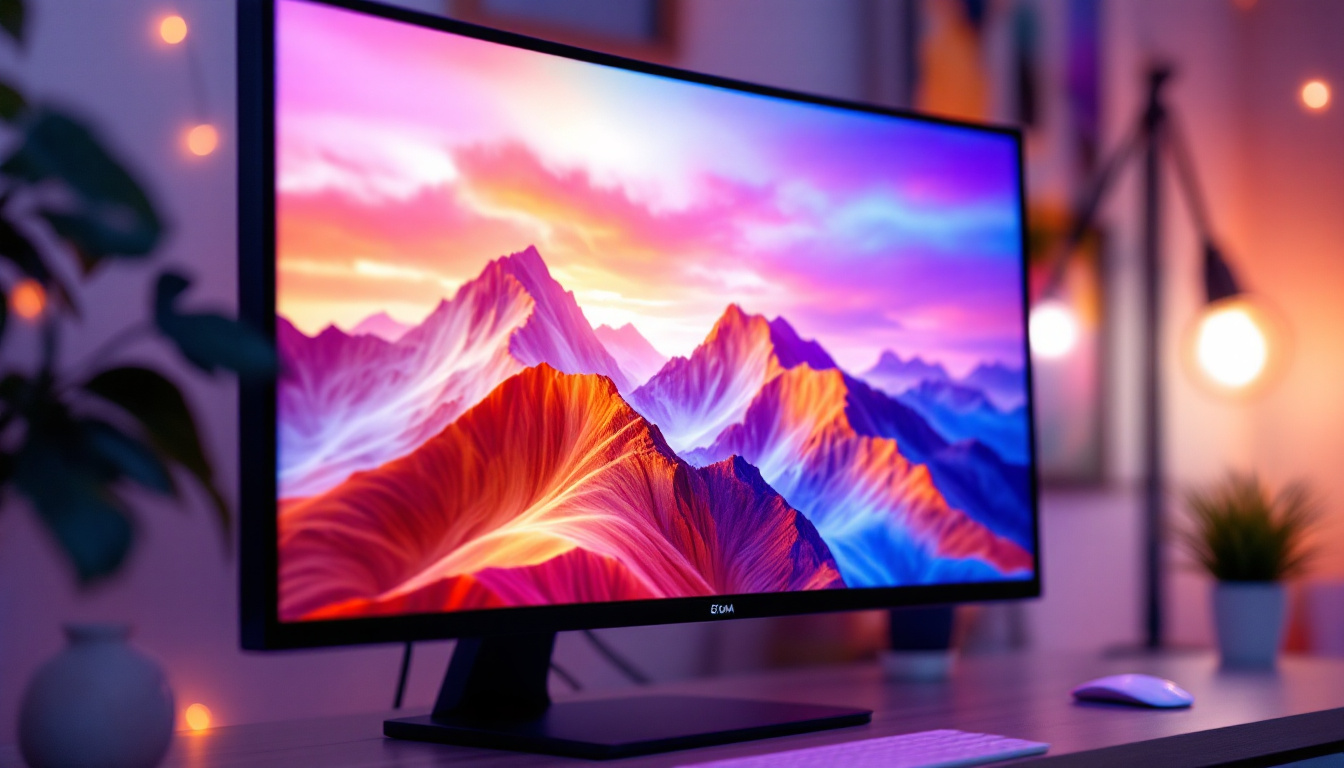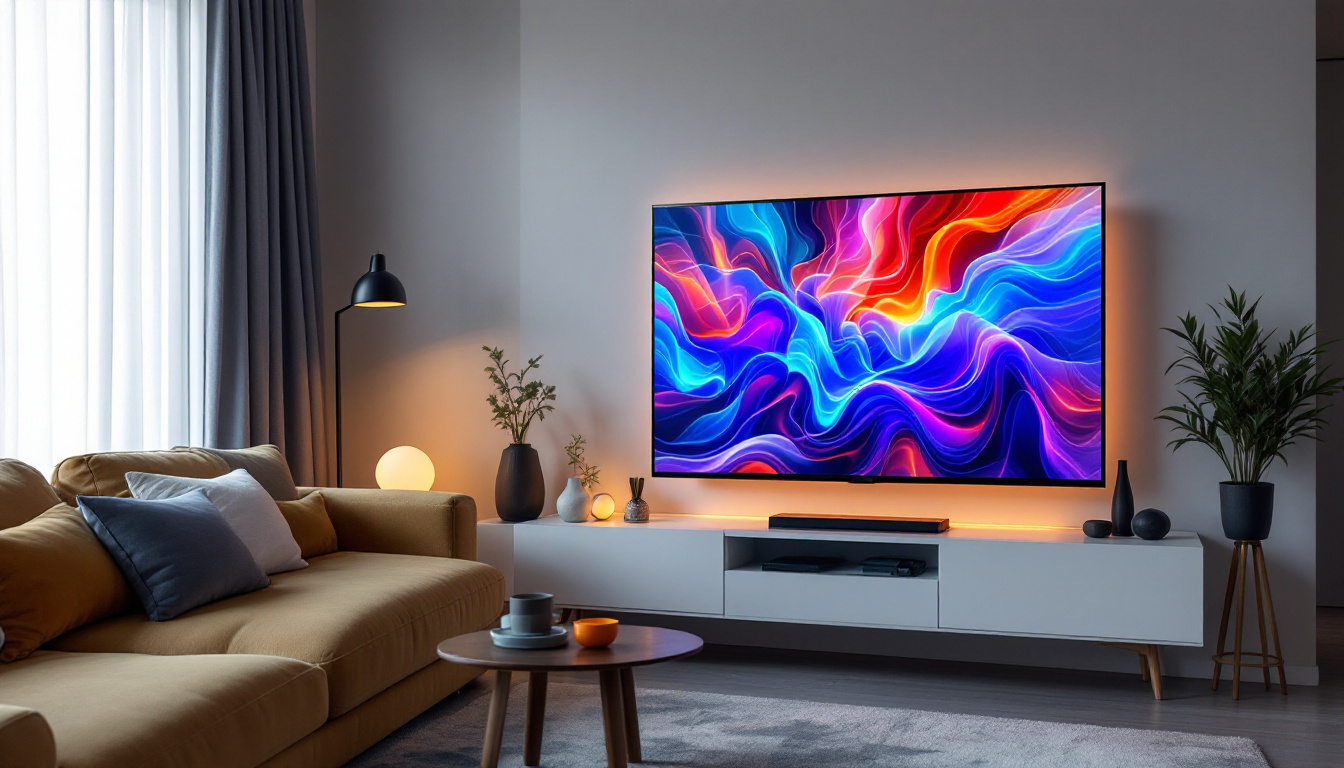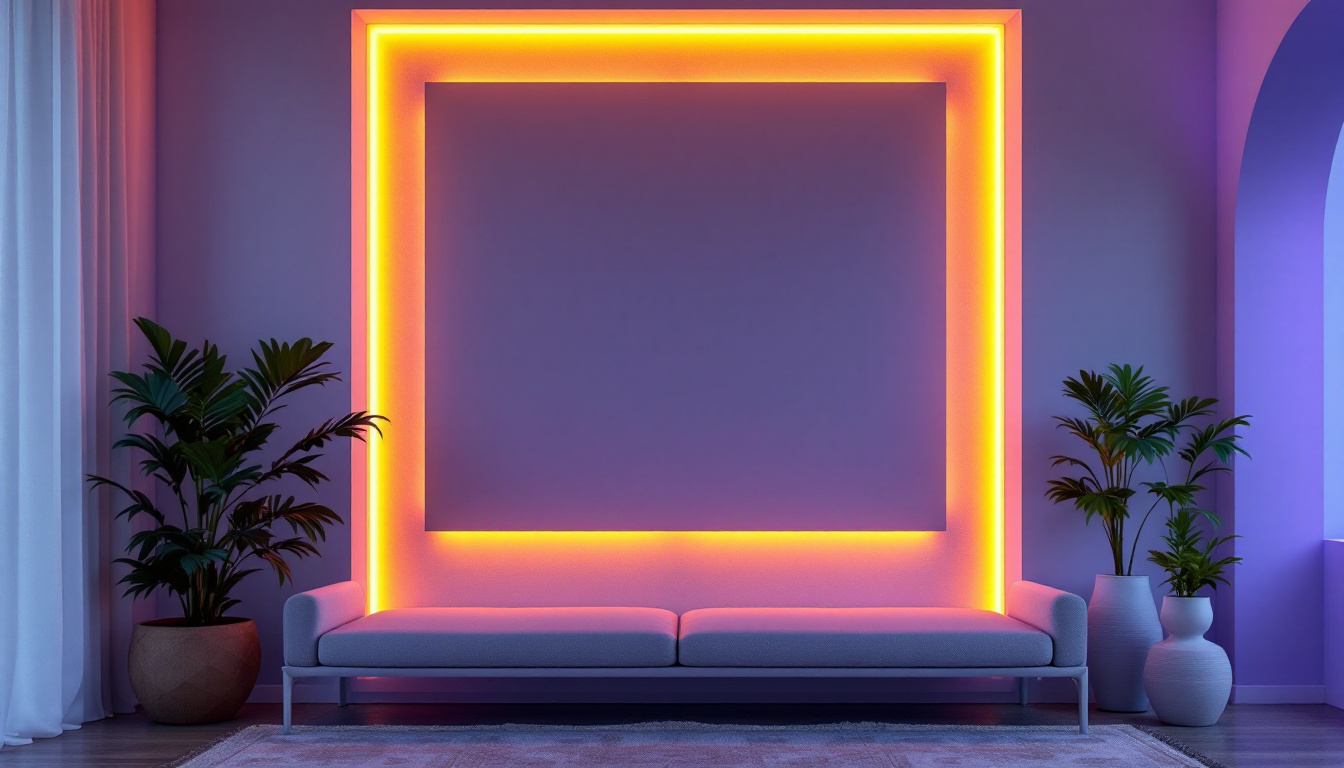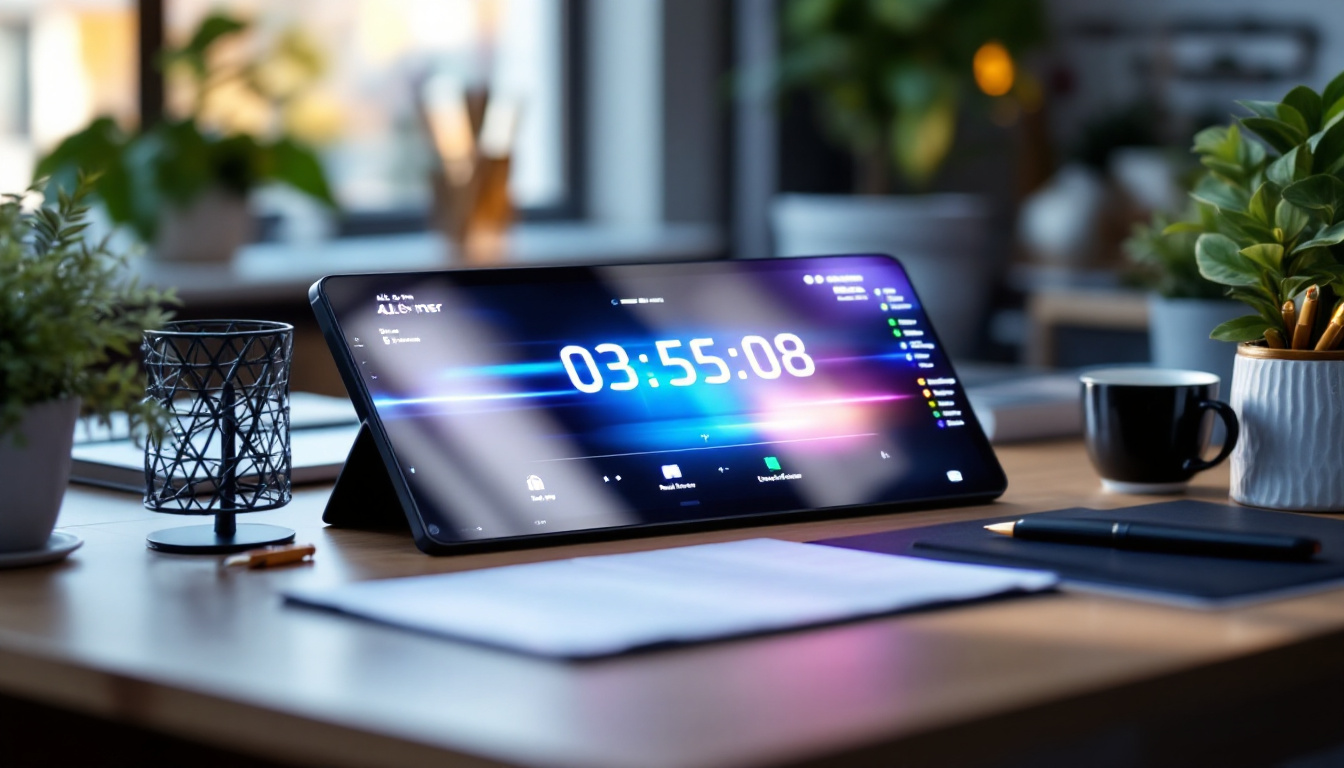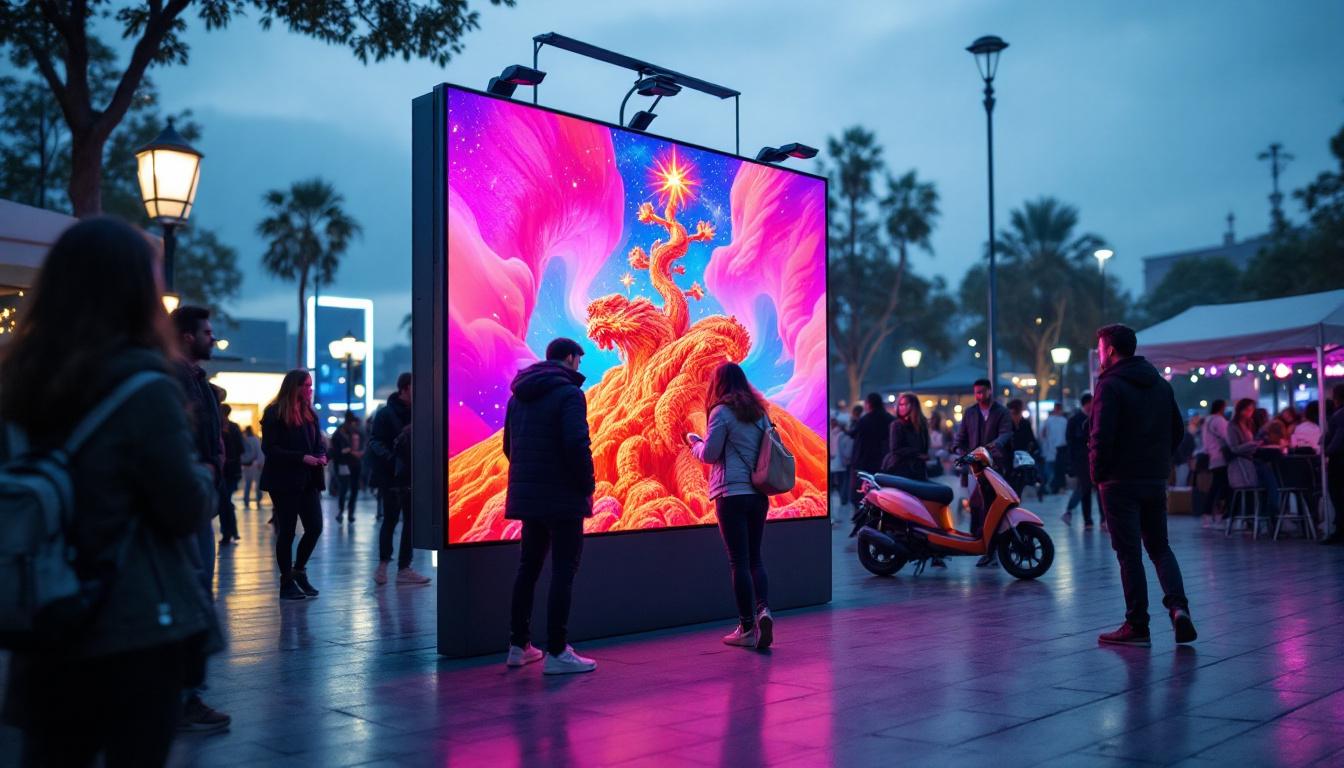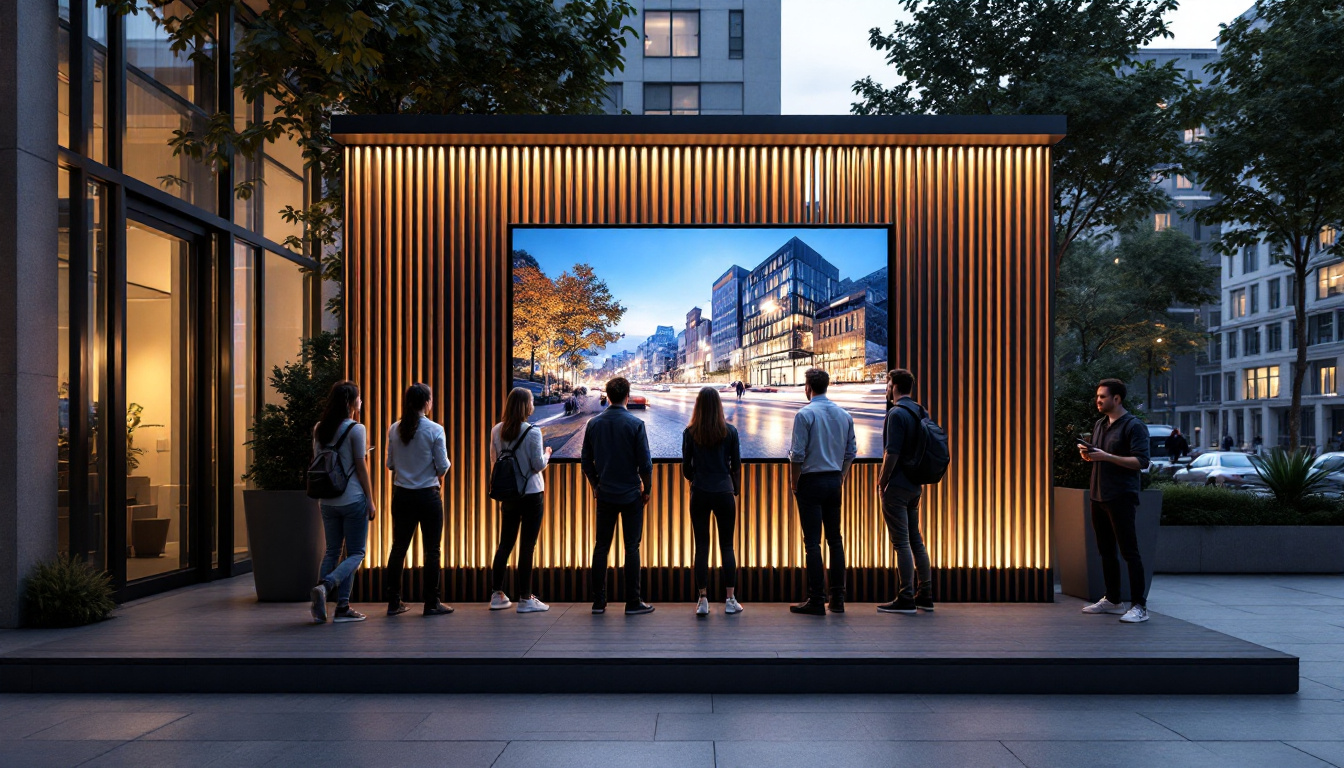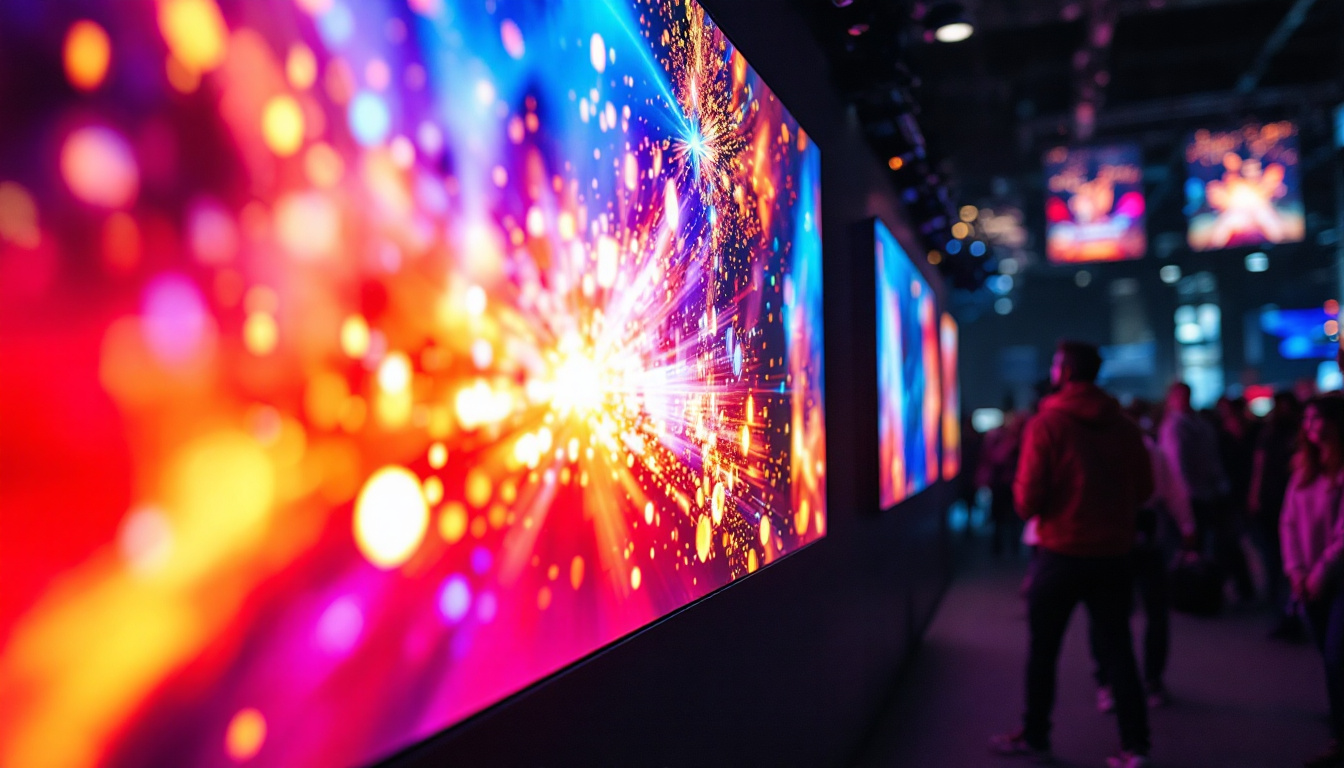Optimal Viewing Distance For 75 Inch TV: LED Display Explained
Choosing the right television can be a daunting task, especially when it comes to larger screens like a 75-inch TV. One of the most critical factors to consider is the optimal viewing distance. This distance not only affects your viewing experience but also impacts your eye health. In this article, we will explore the ideal viewing distance for a 75-inch LED TV, along with the science behind it and tips for enhancing your home entertainment setup.
Understanding Viewing Distance
Viewing distance refers to the space between the viewer and the screen. It plays a significant role in how well one can appreciate the details and colors displayed on the television. For larger screens, like a 75-inch model, the viewing distance becomes even more crucial. Too close, and the viewer may experience discomfort; too far, and the immersive experience diminishes.
The Science Behind Viewing Distance
The optimal viewing distance is often calculated based on the size of the TV and the resolution it offers. For LED TVs, the recommended distance is generally 1.5 to 2.5 times the diagonal screen size. This means that for a 75-inch TV, the ideal distance ranges from approximately 9.4 feet (1.5 times) to 15.6 feet (2.5 times).
This range ensures that viewers can see the full detail of the picture without straining their eyes. Additionally, it helps to reduce the risk of motion sickness that can occur when watching fast-paced content from too close a distance. The human eye is designed to focus on objects at a certain distance, and being too close can lead to fatigue and discomfort, detracting from the overall viewing experience.
Factors Influencing Viewing Distance
While the general guidelines provide a solid foundation, several factors can influence the optimal viewing distance for individual preferences:
- Room Size: The size of the room plays a crucial role. A smaller room may necessitate sitting closer to the screen, while a larger room allows for a greater distance.
- Screen Resolution: Higher resolutions, such as 4K, allow viewers to sit closer without noticing pixelation, enhancing the viewing experience.
- Personal Preference: Some viewers may prefer a more immersive experience and choose to sit closer, while others may find comfort at a greater distance.
Moreover, the arrangement of furniture and the layout of the room can also affect viewing distance. For instance, if the seating is fixed or if there are obstructions like coffee tables or decorative pieces, these can limit the distance one can comfortably maintain from the screen. Additionally, the type of content being viewed can also play a role; action-packed movies or sports events may benefit from a closer viewing distance to enhance the excitement, while slower-paced dramas might be more enjoyable from a distance that allows for a broader view of the scene.
Lighting conditions in the room are another important consideration. Bright ambient light can wash out the colors on the screen, making it harder to appreciate the details. In such cases, viewers might prefer to sit closer to compensate for the loss of vibrancy caused by the lighting. Conversely, a dimly lit room can create a more cinematic atmosphere, allowing for a more relaxed viewing experience at a greater distance. Understanding these nuances can greatly enhance the overall enjoyment of television viewing.
Calculating Your Optimal Viewing Distance
To determine the best viewing distance for a 75-inch LED TV, one can use a simple formula based on the screen size and resolution. The following steps can help in calculating the ideal distance:
Step-by-Step Calculation
1. **Determine the Screen Size:** For this example, we are using a 75-inch TV.
2. **Choose the Resolution:** If the TV is 4K, the ideal distance is closer than for a standard HD TV.
3. **Apply the Formula:** Multiply the diagonal size by 1.5 for the closest distance and by 2.5 for the farthest distance. For a 75-inch TV:
- Minimum Distance: 75 inches x 1.5 = 112.5 inches (approximately 9.4 feet)
- Maximum Distance: 75 inches x 2.5 = 187.5 inches (approximately 15.6 feet)
This calculation provides a practical range for most viewers, ensuring a comfortable and enjoyable experience.
Using a Viewing Distance Chart
For those who prefer a visual aid, a viewing distance chart can be an excellent tool. These charts typically display various screen sizes alongside their corresponding optimal viewing distances. By referencing such a chart, one can quickly determine the best distance for their specific TV size and resolution.
Additionally, it is worth noting that personal preferences and room layout can influence the ideal viewing distance. For instance, if you enjoy immersive experiences, you might opt for a closer distance, especially when watching movies or playing video games. Conversely, if your space is more suited for casual viewing, such as watching the news or daytime television, you may prefer to sit further back. Understanding your viewing habits can help you tailor the distance to enhance your overall experience.
Moreover, the seating arrangement in your room can also play a crucial role in determining the optimal viewing distance. If you have a sectional sofa or a large entertainment setup, you might find that the distance varies depending on where you sit. It can be beneficial to experiment with different seating positions to find the most comfortable spot that allows everyone to enjoy the content without straining their eyes. Ensuring that your seating is at the right height and angle can further enhance the viewing experience, making it not only more enjoyable but also healthier for your eyes in the long run.
Enhancing Your Viewing Experience
Once the optimal viewing distance is established, the next step is to enhance the overall viewing experience. Here are some practical tips to consider:
1. Room Setup
The arrangement of furniture and the overall room layout can significantly impact the viewing experience. Ensure that the seating is positioned directly facing the TV, and avoid obstructions that could hinder the view. Additionally, consider the height at which the TV is mounted; ideally, the center of the screen should be at eye level when seated. Incorporating comfortable seating options, such as recliners or sectional sofas, can also add to the enjoyment, allowing viewers to relax and fully immerse themselves in the content. Furthermore, adding side tables for snacks and drinks can enhance convenience, making the viewing experience even more enjoyable.
2. Lighting Conditions
Lighting plays a vital role in how the picture quality is perceived. To minimize glare and reflections, it is advisable to control the ambient lighting in the room. Use blackout curtains or shades to reduce natural light during the day, and consider adjustable lighting options for evening viewing. Dimming the lights can enhance contrast and improve the overall viewing experience. Additionally, incorporating LED strip lights behind the TV can create a halo effect that reduces eye strain and adds a modern aesthetic to your setup. Experimenting with different light temperatures can also help to set the mood; warmer tones can create a cozy atmosphere, while cooler tones may be more suitable for action-packed films.
3. Sound Quality
While the visual aspect is crucial, audio quality should not be overlooked. Investing in a good sound system or soundbar can elevate the viewing experience significantly. Surround sound systems can create an immersive atmosphere, making movie nights more enjoyable. For those who may not have the space for a full surround sound setup, consider wireless speakers that can be strategically placed around the room to enhance audio depth. Additionally, calibrating the audio settings on your device can help optimize sound quality based on the room’s acoustics, ensuring that dialogue is clear and sound effects are impactful. For an even more personalized experience, some systems allow for sound adjustments based on the type of content being viewed, whether it’s a thrilling action movie or a serene documentary.
Common Misconceptions About Viewing Distance
Despite the wealth of information available, several misconceptions about viewing distance persist. Addressing these can help viewers make informed decisions about their home entertainment setups.
Misconception 1: Bigger is Always Better
Many believe that larger screens automatically mean a better viewing experience. However, if the viewing distance is not appropriate, a larger screen can lead to discomfort and eye strain. It is essential to strike a balance between screen size and distance.
Misconception 2: 4K TVs Require the Same Distance as 1080p TVs
With the rise of 4K resolution, some may assume that the viewing distance remains the same as with lower resolutions. In reality, 4K TVs allow viewers to sit closer without sacrificing image quality. This capability can enhance the immersive experience, especially for larger screens.
Misconception 3: Distance is the Only Factor
While distance is a critical factor, it is not the only one that affects viewing quality. Screen resolution, room lighting, and sound quality also play significant roles. A holistic approach to setting up a home theater will yield the best results.
Conclusion
Determining the optimal viewing distance for a 75-inch LED TV is essential for maximizing the viewing experience. By understanding the science behind viewing distances, calculating the ideal range, and considering factors such as room setup and lighting, viewers can create an environment that enhances their enjoyment of movies, sports, and gaming.
Ultimately, the goal is to find a balance that suits individual preferences while ensuring comfort and enjoyment. With the right setup, a 75-inch TV can transform any living space into a captivating entertainment hub.
As technology continues to evolve, staying informed about the best practices for home entertainment will ensure that viewers can make the most of their investment, enjoying stunning visuals and immersive sound for years to come.
Explore LumenMatrix LED Display Solutions
Ready to elevate your home entertainment experience with the perfect 75-inch LED TV setup? Discover the innovative world of LumenMatrix, where cutting-edge LED display technology meets stunning visual performance. Whether you’re looking to create an immersive movie-watching environment, enjoy sports with lifelike clarity, or engage in thrilling gaming sessions, LumenMatrix has a solution for you. From Indoor LED Wall Displays to Custom and Transparent LED options, our displays are designed to captivate and impress. Check out LumenMatrix LED Display Solutions today and transform your viewing experience into something truly extraordinary.

